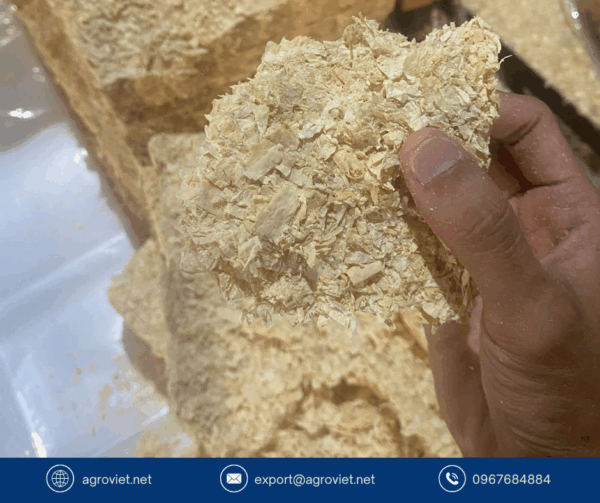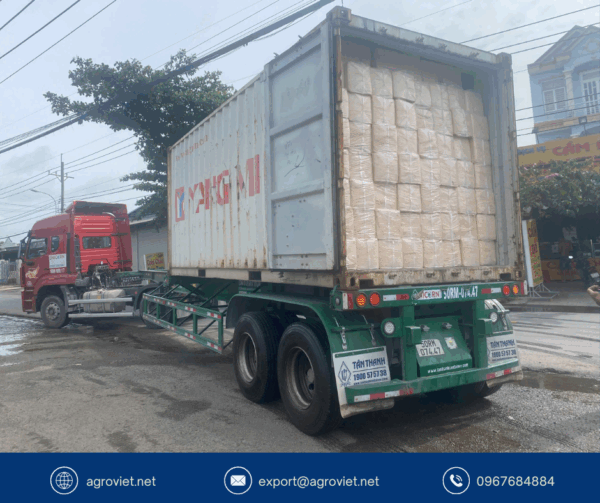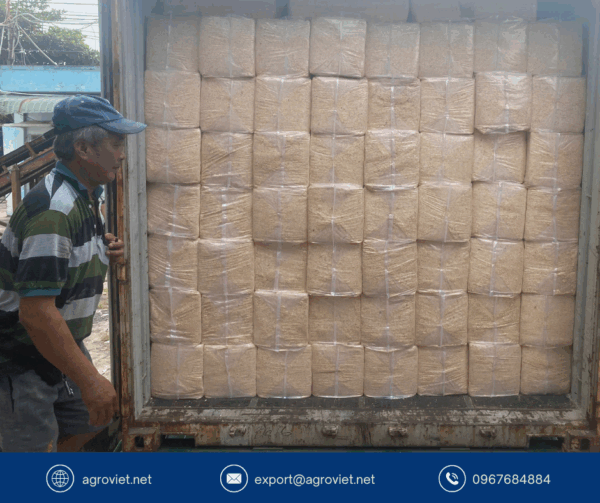The Science of Insulation: How Wood Shavings Trap Heat in Barns and Coops
Winter’s biting cold poses a significant challenge for livestock farmers, as maintaining warmth in barns and coops is critical for animal health and farm efficiency. Poor insulation can lead to cold stress, increased disease, and higher energy costs, with studies showing up to 5-8% mortality rates in livestock under suboptimal winter conditions. Wood shavings, with their unique physical properties, excel as an insulating bedding material, trapping heat to keep animals comfortable and healthy. This post delves into the science behind how wood shavings insulate barns and coops, supported by a realistic case study, and subtly highlights their role as a sustainable solution alongside wood pellets.
The Science of Insulation in Bedding
Insulation relies on trapping air, a poor conductor of heat, to prevent warmth from escaping. According to principles of thermodynamics, materials with low thermal conductivity and high air-trapping capacity create effective barriers against heat loss. Wood shavings, particularly from softwoods like pine, are uniquely suited for this due to their structure:
-
Porous Structure: Shavings consist of thin, curled wood fibers that form a loose, fluffy matrix, creating countless tiny air pockets.
-
Low Thermal Conductivity: Dry wood has a thermal conductivity of ~0.1 W/m·K, far lower than wet straw (~0.3 W/m·K), making it an excellent insulator.
-
High Loft: The layered, non-compacting nature of shavings maintains air pockets even under weight, unlike straw, which flattens and loses insulating power.
-
Moisture Management: Shavings absorb 4-6 times their weight in moisture, keeping bedding dry and preserving insulation, as wet materials conduct heat faster.
These properties make shavings ideal for maintaining stable temperatures in barns and coops, reducing cold stress and supporting animal welfare.
Why Straw Falls Short
Straw, a traditional bedding choice, is less effective for insulation:
-
Compaction: Straw compresses under livestock weight, reducing air pockets and increasing thermal conductivity, leading to heat loss.
-
Poor Absorbency: Absorbing only 1.5-2.5 times its weight in moisture, straw becomes wet and loses insulating capacity, chilling animals.
-
Mold Risk: Damp straw fosters mold, degrading its structure and further reducing insulation.
Studies, such as those in livestock management, show that straw-bedded barns can have 5-8% higher mortality rates in winter due to cold stress and related illnesses, compared to 1-3% with more insulating bedding like shavings.
How Wood Shavings Trap Heat
Wood shavings create a thermal barrier through several mechanisms:
-
Air Trapping: The fluffy, layered structure of shavings traps still air, which has a thermal conductivity of ~0.026 W/m·K, slowing heat transfer from animals to the cold ground.
-
Depth Optimization: A 4-6 inch layer of shavings maximizes insulation by increasing air pocket volume, maintaining barn temperatures 5-10°F warmer than with straw.
-
Moisture Control: By absorbing urine and humidity, shavings prevent wet bedding, which can increase heat loss by up to 20% due to water’s high thermal conductivity (~0.6 W/m·K).
-
Natural Insulation: Pine shavings, with their low density, enhance heat retention, keeping animals warm even in subzero conditions.
These qualities reduce cold stress, which, as noted in veterinary research, can suppress immunity and increase diseases like pneumonia, lowering mortality rates to 1-3% compared to straw’s 5-8%.
Benefits Beyond Insulation
Wood shavings offer additional advantages:
-
Comfort: Their soft texture encourages lying behavior, reducing joint stress and promoting rest.
-
Pathogen Reduction: Dry shavings limit bacteria like Fusobacterium, cutting hoof rot and mastitis risks.
-
Labor Savings: Easy sifting reduces cleaning time by up to 50% compared to straw.
-
Odor Control: Pine shavings neutralize ammonia, improving air quality in winter barns.
Pairing shavings with wood pellets enhances absorbency in high-traffic areas, further boosting insulation by keeping bedding drier.
Case Study: The Willow Creek Farm
Meet Emily and Tom Rivera, who operate Willow Creek Farm, a 60-head mixed livestock operation (30 goats, 30 chickens) in upstate New York, where winter temperatures drop to -15°F. For years, they used straw bedding, but their barn and coop struggled to stay warm. Wet straw compacted quickly, and temperatures inside dipped to 35°F, leading to a 7% mortality rate in 2022 (4 animals lost) due to pneumonia and cold stress. Heating costs soared as they used electric heaters to compensate, costing $800 that winter.
In 2023, the Riveras switched to kiln-dried pine shavings, layering them over wood pellets for added absorbency. The results were striking:
-
Improved Insulation: Barn and coop temperatures stabilized at 45-50°F without heaters, saving $600 in energy costs.
-
Mortality Reduced: Only 1 animal (1.7%) was lost, a 5.3% drop, due to drier, warmer conditions reducing disease.
-
Health Benefits: Pneumonia cases fell by 70%, and no hoof rot was reported, thanks to dry bedding.
-
Labor Efficiency: Cleaning time dropped from 2 hours to 1 daily, as shavings sifted easily.
-
Cost Savings: Shavings’ absorbency reduced bedding use by 30%, saving $400 annually.
Emily shared, “The shavings keep our barn so much warmer. The animals are healthier, and we’re not running heaters anymore. Cleaning is faster, and the coop smells fresh. It’s been a huge win.” The Riveras now use Platts Bedding shavings for their consistent quality and insulation.
Practical Applications in Barns and Coops
Wood shavings’ insulating power is maximized with proper use:
-
Deep Bedding: Apply 4-6 inches of shavings to optimize air trapping and heat retention.
-
Pellet Layering: Use wood pellets under shavings in wet areas to enhance absorbency and maintain dryness.
-
Regular Maintenance: Spot-clean daily to preserve insulation and prevent moisture buildup.
-
Ventilation Balance: Open vents sparingly to maintain warmth while reducing humidity.
-
Dry Storage: Store shavings in a covered area to ensure low moisture content.
Choosing Quality Shavings
Select kiln-dried shavings from softwoods like pine, with moisture content below 12% and minimal dust. Avoid coarse or treated shavings that could reduce insulation or harm animals. Premium shavings, like those from Platts Bedding, are processed for high absorbency and consistent flake size, ensuring optimal heat retention in winter.
A Warmer, Healthier Winter
Wood shavings leverage the science of insulation to trap heat, creating warm, comfortable barns and coops. By reducing mortality rates from 5-8% with straw to 1-3%, as seen at Willow Creek Farm, they enhance animal welfare, cut heating costs, and save labor. Embrace quality wood shavings this winter to transform your barn into a cozy, sustainable haven for your livestock.
Read more: https://vietnambestwood.com/general/winter-heating-wood-shavings-agroviet/
